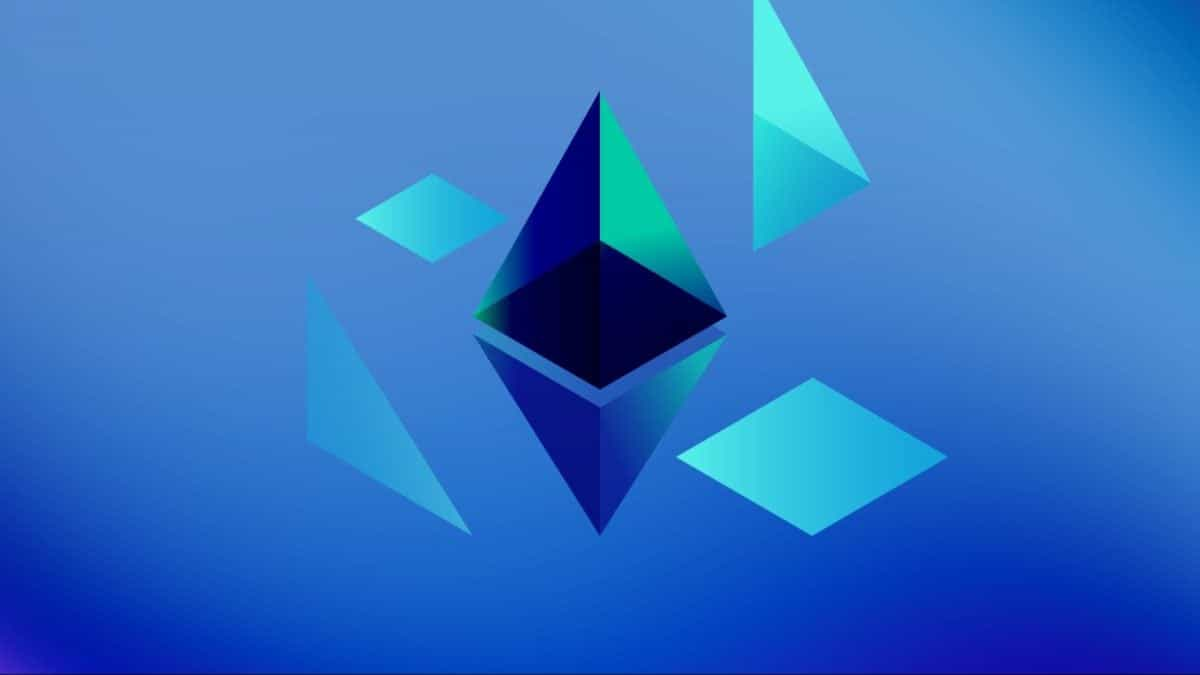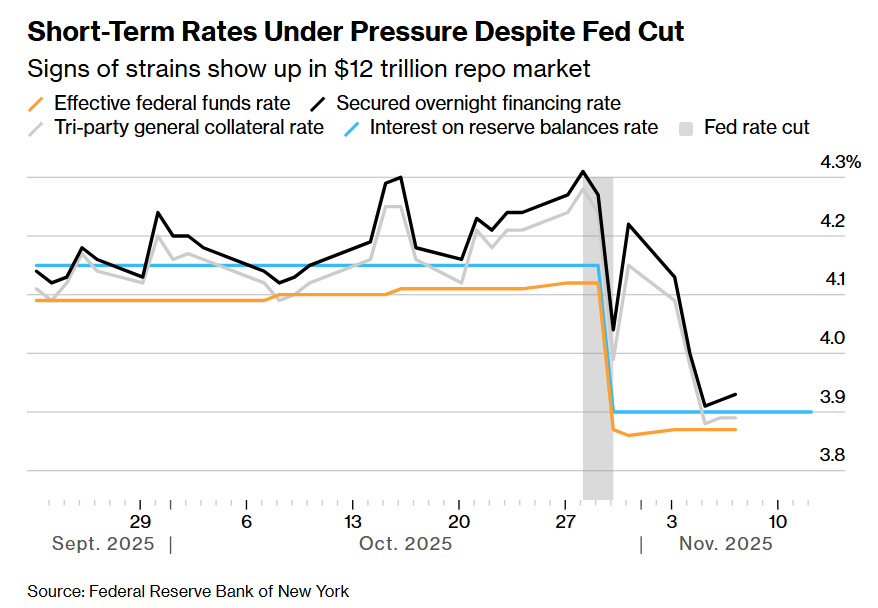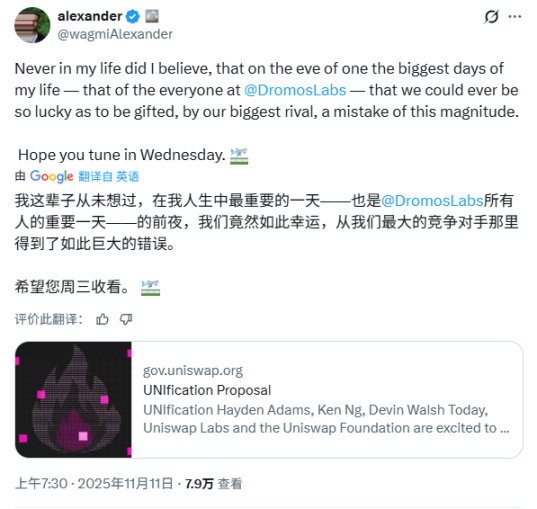Pectra upgrade spurs ETH staking surge, consolidating validators and cutting costs
Quick Take The percentage of total Ethereum supply staked stands at an all-time high of 29.39% as of July 9. The following is excerpted from The Block’s Data and Insights newsletter.

We’re currently past the halfway mark of 2025, and the percentage of the total ETH supply staked stands at an all-time high of 29.39% at the time of writing. This further inches Ethereum closer to having one-third of its token supply staked.
For reference, at the beginning of the year, Ethereum had just 28.1% of its total token supply staked, with it even declining towards a yearly low of 27.2% in March. In the three months since, this figure has rapidly increased to set record highs, surpassing its previous record high of 28.7% from November 2024.
Ethereum’s Pectra upgrade likely catalyzed the trough and subsequent reversal in this trend in March. The upgrade lifted the maximum stake per validator from 32 ETH to 2,048 ETH. This enabled larger staking providers to merge hundreds or thousands of smaller nodes into fewer, high-capacity validators, thereby significantly reducing hardware expenses and operational overhead.
Looking ahead, Cboe's March filings, which allow spot ETH ETFs to stake their holdings, signal that large funds may soon route fresh ETH into validators. Projected inflows into these staking ETFs would further boost the percentage of supply staked, which would enhance security but also concentrate power in a handful of regulated custodians.
This is an excerpt from The Block's Data & Insights newsletter . Dig into the numbers making up the industry's most thought-provoking trends.
Disclaimer: The content of this article solely reflects the author's opinion and does not represent the platform in any capacity. This article is not intended to serve as a reference for making investment decisions.
You may also like
The 12 trillion financing market is in crisis! Institutions urge the Federal Reserve to step up rescue efforts
Wall Street financing costs are rising, highlighting signs of liquidity tightening. Although the Federal Reserve will stop quantitative tightening in December, institutions believe this is not enough and are calling on the Fed to resume bond purchases or increase short-term lending to ease the pressure.

Another Trump 2.0 era tragedy! The largest yen long position in nearly 40 years collapses
As the yen exchange rate hits a nine-month low, investors are pulling back from long positions. With a 300 basis point interest rate differential between the US and Japan, carry trades are dominating the market, putting the yen at further risk of depreciation.
Is a "cliff" in Russian oil production coming? IEA warns: US sanctions on Russia may have "far-reaching consequences"!
U.S. sanctions have dealt a heavy blow to Russia’s oil giants, and the IEA says this could have the most profound impact on the global oil market so far. Although Russian oil exports have not yet seen a significant decline, supply chain risks are spreading across borders.
Leading DEXs on Base and OP will merge and expand deployment to Arc and Ethereum
Uniswap's new proposal reduces LP earnings, while Aero integrates LPs into the entire protocol's cash flow.

